12+ SAMPLE Quality Assurance Mission Statement
-
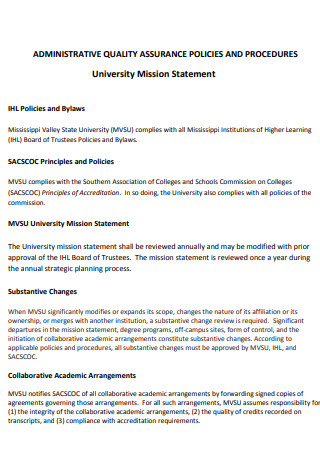
Quality Assurance Mission Statement
download now -
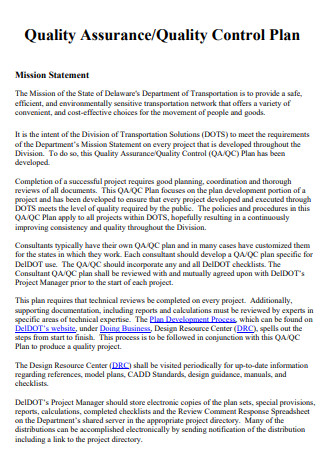
Quality Assurance Quality Control Plan Mission Statement
download now -
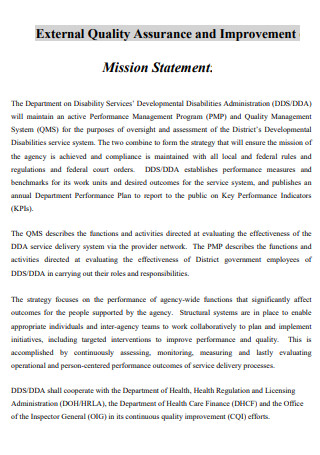
Quality Assurance And Improvement Mission Statement
download now -
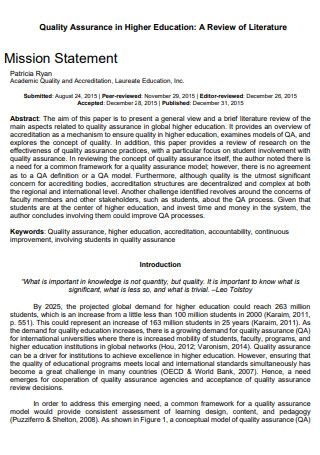
Quality Assurance in Higher Education Mission Statement
download now -
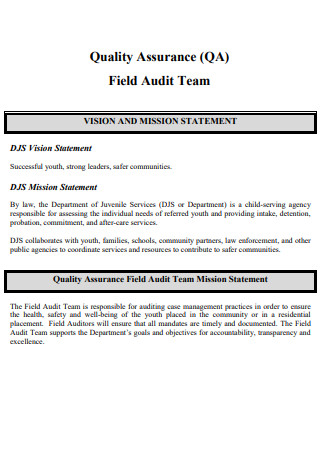
Quality Assurance Field Audit Mission Statement
download now -
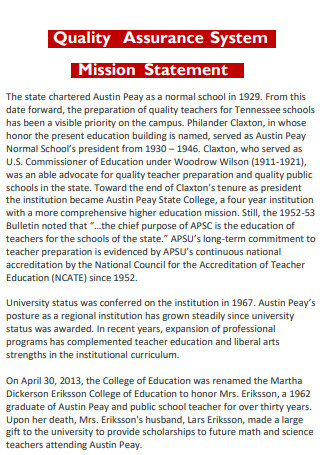
Quality Assurance System Mission Statement
download now -
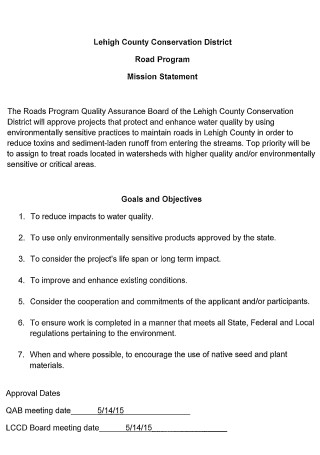
Road Program Quality Assurance Mission Statement
download now -
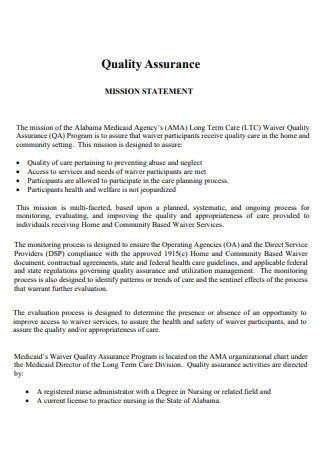
Sample Quality Assurance Mission Statement
download now -
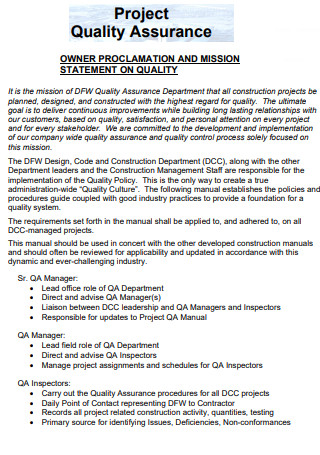
Project Quality Assurance Mission Statement
download now -
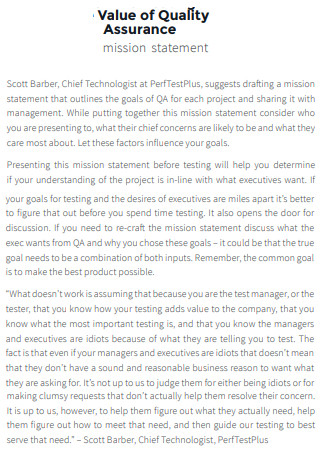
Value Quality Assurance Mission Statement
download now -
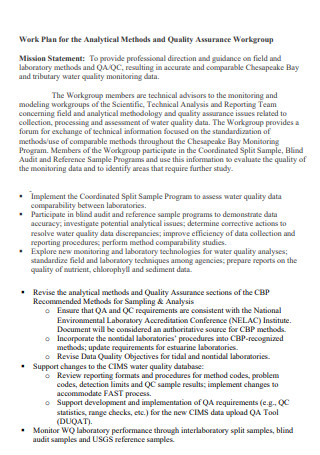
Quality Assurance Analytical Method Mission Statement
download now -

Nursing Care Quality Assurance Commission Mission Statement
download now -

Business School Quality Assurance Mission Statement
download now
FREE Quality Assurance Mission Statement s to Download
12+ SAMPLE Quality Assurance Mission Statement
What Is Quality Assurance?
Benefits of Quality Assurance
Tips For Creating a Mission Statement
How To Create A Quality Assurance Plan
FAQs
What is a quality management mission statement?
What is a mission statement?
What is the strategic mission?
What Is Quality Assurance?
Quality assurance is the fulfillment of a company’s pledge to provide the entire satisfaction of its consumers across all goods and services. Quality assurance aims to carry out front- and back-end procedures most efficiently and fluidly possible, provide the desired product or service on time and under budget, and go above and beyond in all consumer transactions and interactions. In other words, quality assurance is the assurance that a consumer will always have the best possible experience with a company, regardless of the reason. However, quality assurance goes beyond simply meeting expectations. A business that adopts the highest standards of quality assurance will incorporate its tenets into every aspect of its organizational structure and operations, not simply the end product. The actual QA budgets of large businesses increased from 18 percent to 35 percent over four years before falling to 31 percent in 2016.
Benefits of Quality Assurance
Customer service is all about giving a satisfying encounter. How do you know if this is the case? Undoubtedly, there are customer reviews, but these are merely the tip of the iceberg because most dissatisfied consumers do not bother to leave feedback. They depart. Businesses lose a substantial amount of money annually due to inefficient customer service. Quality Assurance is a method for determining what causes churn and how to prevent it. QA opens the door to endless benefits. Over ninety percent of call center managers found this strategy quite effective for enhancing performance. Let’s examine the eight most significant Quality Assurance benefits.
Tips For Creating a Mission Statement
The approach and delivery of mission statements might vary. Still, the focus on informing the public why the company exists and what differentiates it from other companies in its sector remains constant. Here are the steps applied in writing a powerful mission statement:
1. State what your company does
Your opening statement should be as straightforward as possible. You will have plenty of chances to elaborate on your assertion in the subsequent sections, so there is no need for excessive specificity at this stage. You might describe the products or services your organization offers or manufactures.
2. Describe the operations of your business.
This area will require some consideration, as you are not required to provide a thorough account of your company’s operations. Instead, you are providing a generic description of how your organization runs. Numerous mission statements include one or more of the company’s fundamental values in this section. Creating a list of essential core values already connected with your company’s operations may be beneficial. Generally, it is most effective to highlight one or two crucial values while drafting this section of your mission statement. Including too many values can lead to message confusion. Adding core principles to your information could look like this: “Our company offers a wide variety of affordable financial solutions.”
3. Describe the reason why your company exists.
Many mission statements are regarded as complete at this point, but you can still add components that will give it greater power and help it connect with your audience more successfully. Including an explanation of your company’s raison d’être could add interest and convey the passion that drives your firm. It may be helpful to recall why you started your business in the first place. Identifying the initial inspiration that led to your business establishment could help you regain your focus and enable you to share your enthusiasm more effectively.
4. Apply your mission statement to a situation in the actual world.
Attempt to put your mission statement into action as soon as possible. Ensure that your assertion may be applied to a real-world situation, revising it as necessary for logic and clarity. Know that your mission statement should not only guide your business planning but should also be embraced by all organization members and adequately communicated to customers. No matter how you frame your mission statement or what it contains, its ultimate purpose is to inspire customers to do business with your company and motivate staff to perform at their best.
How To Create A Quality Assurance Plan
Quality assurance (QA) tries to keep the quality of a product or service at a certain level by focusing on each step of delivery or production to ensure there are no problems. For a business to keep doing well, it needs to keep up a high level of quality. A good quality assurance program will help a company reach its goals by clarifying where it does well and where it needs to enhance. Using a good quality assurance plan reduces the chance of making mistakes that cost a lot of money and reduces risk. Here are six steps to follow if you are making a QAP from scratch or changing one already in place.
1. Set goals for quality
Defining your goals is the initial step of quality control planning. In this process, the SMART formula is frequently utilized. They must be specific, quantifiable, and attainable in a reasonable amount of time. Quality objectives must also align with client expectations. If your product is of insufficient quality, it will fail both the client and the firm. Additionally, you should ensure compliance with any government rules that may apply to the project.
2. Roles and Responsibilities
Some options are available when deciding to move forward with a quality strategy. Large businesses may have a whole department devoted to quality assurance, but smaller companies may have to hire from the outside or give extra responsibilities to existing personnel. Training employees is essential, as is providing them with positions that match their skill sets. It would help if you had a staff capable of detecting and resolving challenges throughout the early stages of product development. This prevents errors and ensures that the organization meets the needs of its customers. Regardless of its form, the QA team must have methods and rules that everyone understands and follows, ensuring that every project’s objections and expectations are crystal apparent.
3. Implement the Plan for Quality Assurance
After the plan, it is time to apply your new quality control methods. Ensure all staff members have received training and are aware of the plan’s contents. It is also crucial that your team has the tools and resources necessary to achieve its objectives. The strategy should be straightforward in supporting the company’s objective and accessible to ensure everyone knows it and follows each stage of the process. Confirm with HR and production that the quality assurance strategy adheres to risk management and documentation standards.
4. Examine the Outcomes
Consider the quality assurance plan a live record that may change and evolve as the team sees fit once it is operational. While the initial objective of the QA plan should remain paramount, it is also utilized to ensure that the team’s goals are being met. If not, how and why do new regulations and standards facilitate this? Listen to the team, other employees, and customers to meet everyone’s reasonable expectations.
5. Make Adjustments
After listening to criticism and reviewing the original objectives, make any necessary revisions. While many recommend a plan audit every two to three months, this can be conducted more frequently if required. Suppose a flaw is discovered or difficulties need to be addressed. In that case, creating improvements sooner rather than later is advantageous for achieving the company’s objective and saving or growing sales by releasing a product or service with enhanced quality.
6. Keep Your Team Informed
The staff wants to know if their efforts are practical. Inform them if the QA plan has improved the organization. Positive or constructive feedback strengthens a team and informs its members that they positively impact the organization. You assign employees to make a difference, motivate them to continue doing a good job, and contribute significantly to the QA process. Therefore, require employees to adhere to the plan, provide both positive and negative feedback, and listen so that improvements can be made.
FAQs
What is a quality management mission statement?
A mission statement describes the essence of an organization. This statement addresses such issues as who we are, our customers, what we do, and how we do it.
What is a mission statement?
A mission statement is an action-oriented statement that tells your company’s purpose. It outlines what your company does for customers, employees, and owners. It usually includes general descriptions of your company, its core function, and its goals.
What is the strategic mission?
A strategic mission explains why an organization does what it does uniquely. It is a high-level plan for the long-term goals of an organization. A mission statement says why an organization exists, what it is for, and who it helps.
Well-written action plans ensure that your company’s, corporation’s, or even your own goals are met, if not exceeded, by the end of the day. It gives life to your ideas. It can help you stay on track with your project and avoid any problems that might come up along the way. The process for making a good action plan is pretty much the same. It helps you keep your products and services at a certain quality level while ensuring you can always get better.
